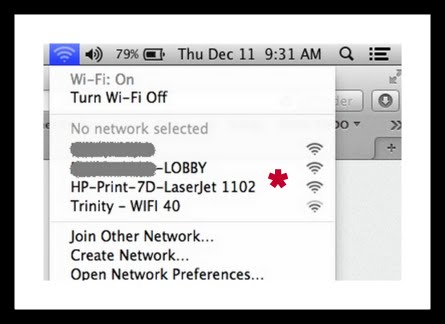For the past couple months, I’ve been trying to upload images into the infotainment home screen of whatever car I have each week.
I’ve now tried 5 different manufactures, formatting the USB 3 different ways, using jpegs/bmps, and each time I keep failing.
I can’t get them to talk, none of the five. Strangest thing. So my reasoning is – if that doesn’t work, there’s a problem, so don’t.
Because here is the possible attack:
The Attack
Download image from the internet to USB > there’s flaws in the code that reads jpegs/bmps that could be used to execute arbitrary code on the device > leading to you running bad stuff (malware, virus, etc.)
The Defence
Just don’t. Everything doesn’t need to be customized.
To be clear: I highly doubt this niche attack will happen to you, and if it does, it’s probably because you’re a target and likely have bigger things to worry about.
But it’s not always going to be this way. In the near future, we’ll be adding apps to our cars the same way we now do to our phones. Good habits start now.
Photo I’m trying to load is from the post: Got stuck in some PVC pipe yesterday here
***
Blog tag = auto security







